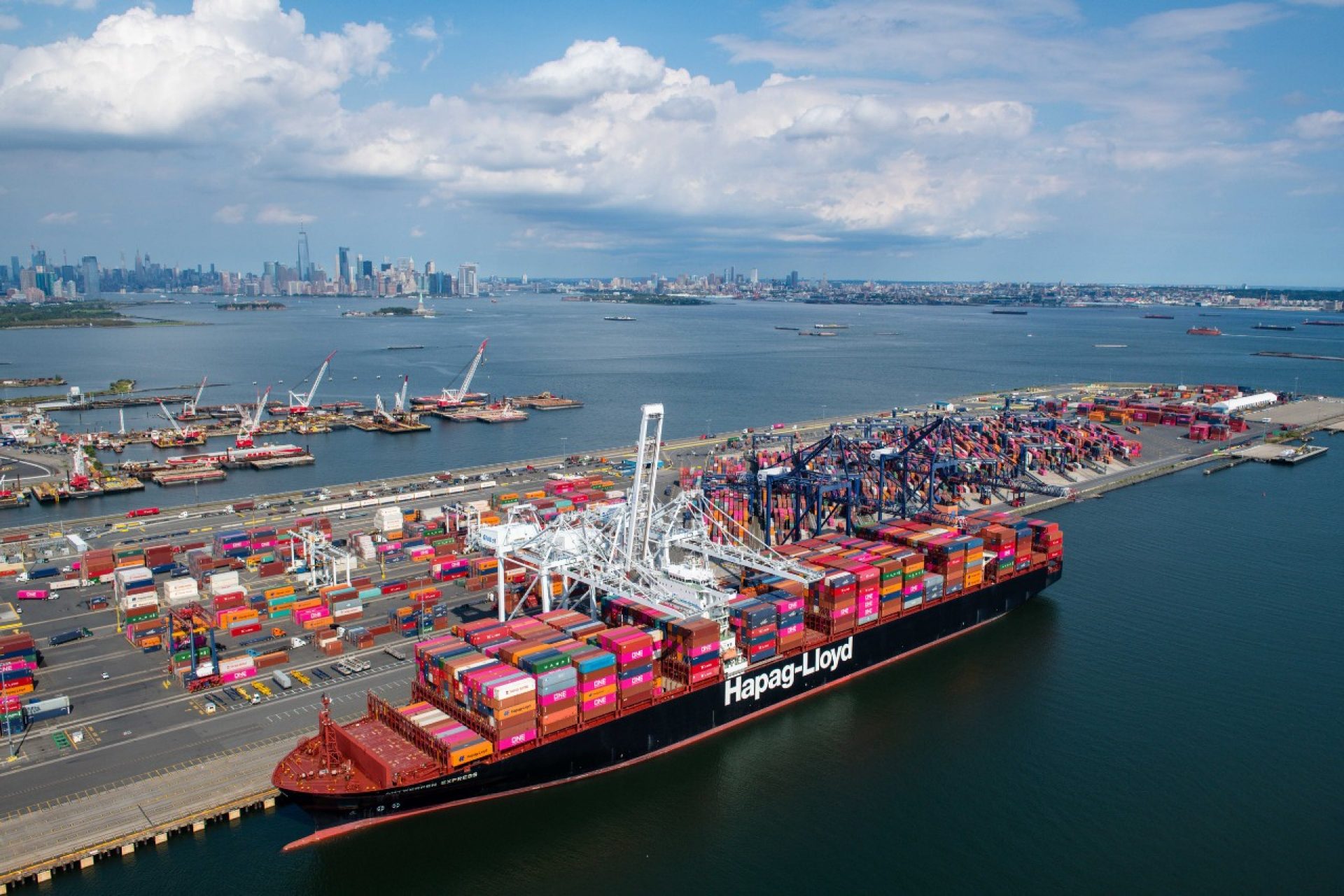Why was the “bridge” of a ship named… “bridge”? The point where the captain and officers control the ship’s course has behind it a historical and technological journey, starting from sailing ships and reaching modern vessels with advanced navigation instruments.
The bridge, as we all know, is the navigation center of a ship, where the captain or the respective officer can perform various maneuvers. There, in addition to the navigation instruments, are also the communication devices of a ship.
The evolution of technology and the rapid growth of transport and trade brought many changes to ships, forcing the entire maritime industry to leap forward, not just take steps. That is where traditional terminology comes to remind us that despite progress and technology, some things are so inseparably linked to our past that they cannot change. And we do not want them to change!
Why are a ship’s windows circular and not some other shape?
Many years ago, when a ship’s means of propulsion was wind energy and sails, the rudder was directly connected to the helm, which was operated by the helmsman. The term “helmsman” means the one who is the “servant of the vessel.” The helm was located in the so-called steering area, a point where the ship’s navigation and control mechanisms were situated.
Over the years, the helm was replaced by a wheel, which was no longer directly connected to the rudder but linked to it with ropes and pulleys. Ships over time became larger and were built with more and more decks. The largest deck was the main deck, with the ship’s helm located on the so-called “quarterdeck,” which is a raised deck behind the main mast of a sailing ship. Traditionally, this was where the captain navigated the ship. This elevated point on the stern deck allowed the captain to walk on it and have a good view of the entire ship as well as visibility of the surrounding sea. As he walked, he could also give verbal commands to the helmsman.
Later, the helm was enclosed by a small structure known as the “wheelhouse.” The helmsman steered the ship from inside the “wheelhouse,” but the captain often remained outside it to have a better view of the ship and its surroundings.
As technology advanced and ships evolved with it, wind energy was replaced by steam, and more steamships with large rudders began to be used. The captain’s visibility was often limited by the “wheelhouse” structure, causing problems. He could still give commands, but often could not see clearly where the ship was going. For a panoramic and better view and visibility, the captain had to climb onto the “wheelhouse.” On ships, which were usually paddle-wheelers at that time and had a side wheel, there was already a structure for engineers to access that area. Thus, a bridge was built connecting the two structures. In the course of history, and from this construction, the terminology of the ship’s bridge as we know it today was born. From the bridge, the captain could give commands almost simultaneously to both the helmsman and the engineers.
Over time, the wheels and paddle-wheel ships gave way to propellers, but the terminology of the bridge remained. Gradually, the technology in the steering mechanism developed further, allowing the entire “wheelhouse” to be moved to the bridge. Later, when radio communications also became more important, a space for radio communications was also built on the bridge.





